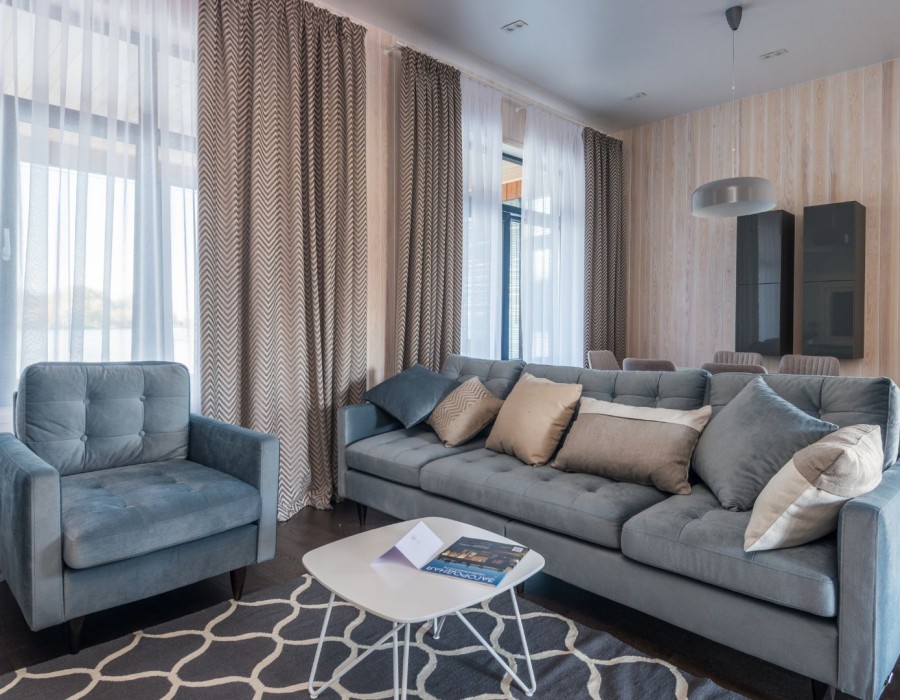When it comes to giving your home warmth, character, and comfort underfoot, choosing the right carpet is key. But with so many fibers, textures, pile-heights and colours available, how can you be sure you’re making the right decision? Here’s a step-by-step guide to help you pick the perfect carpet for your space.
1. Consider the Room and Use
- High-traffic areas (hallways, living rooms, stairs) deserve durable carpets that can withstand wear and tear.
- Low-traffic zones (bedrooms, guest rooms) allow more luxurious, softer fibres since they’ll take less abuse.
- Think about comfort vs durability: wool and plush carpets feel great, but synthetics might offer better resilience for busy families.
2. Choose the Right Fibre
- Nylon: Very popular for its resilience, stain resistance and ease of cleaning — great for active homes.
- Polypropylene (OLEFIN): Often more affordable; good for stain resistance and moisture-areas, but less springy.
- Wool: Natural, luxurious, excellent for insulation and sound absorption, but generally more expensive and may require more care.
- Blends: Some carpets combine wool + synthetic fibres for a balance of luxury and performance.
3. Select the Pile Type & Height
- Loop pile (e.g., Berber): Tight loops give a textured look and are often very durable — good for busy rooms.
- Cut pile: Offers a softer feel and deeper pile (e.g., plush or Saxony). Ideal for lower-traffic rooms.
- Cut & loop: Combines both for patterned looks that hide footprints and vacuum marks.
- Pile height: Shorter piles are better for heavy use (stairs, chairs) because they crush less; longer piles look luxurious but require more care and may show footprints more easily.
4. Colour & Pattern Decisions
- Lighter colours make a room feel more open and airy — but can show dirt more easily.
- Darker tones offer a cosy feel and hide stains better, though they can make a space feel smaller.
- Patterns can help mask wear, footprints and vacuum lines, especially in high-usage spaces.
- Coordinate with your room’s décor: flooring, walls, furniture. If you plan to keep the carpet long-term, choose a neutral base colour with timeless appeal.
5. Consider Underlay & Installation
- A good underlay improves comfort, sound insulation and helps the carpet last longer. Don’t skimp on this part.
- Professional installation is important: correct stretch/tuck, seam placement, and carpet orientation all affect longevity and appearance.
6. Think Maintenance & Special Features
- Look for carpets with stain-resistant treatments or those certified for low VOCs if indoor air quality matters.
- Ask about warranty: the better the quality carpet and installation, the longer the warranty may be.
- Consider cleaning: Some carpets are easy to clean with standard vacuums; others (especially natural fibres) may require professional cleaning more often.
7. Budgeting & Longevity
- Decide how long you plan to keep the carpet. If you’ll stay for 8-10 years or more, investing in higher quality pays off in durability and comfort.
- Balance cost vs performance: cheaper carpets may need replacement sooner, turning into a false economy.
8. Final Checks Before Purchase
- Get samples and view them in your home’s lighting (natural and evening) because lighting affects how colours look.
- Check the carpet’s backing (warranty label, manufacturer name). Quality backing helps prevent rippling or early wear.
- Ask about lead times, installation scheduling, and whether furniture moving is included.
In Summary
Choosing the right carpet in Dubai is about matching the carpet’s characteristics to your lifestyle, space and budget. Prioritise durability for busy rooms, softness and comfort where you relax, and always check installation and underlay quality. With the right decisions up-front, you’ll enjoy a beautiful floor surface that looks great and performs well for years to come.





Comments